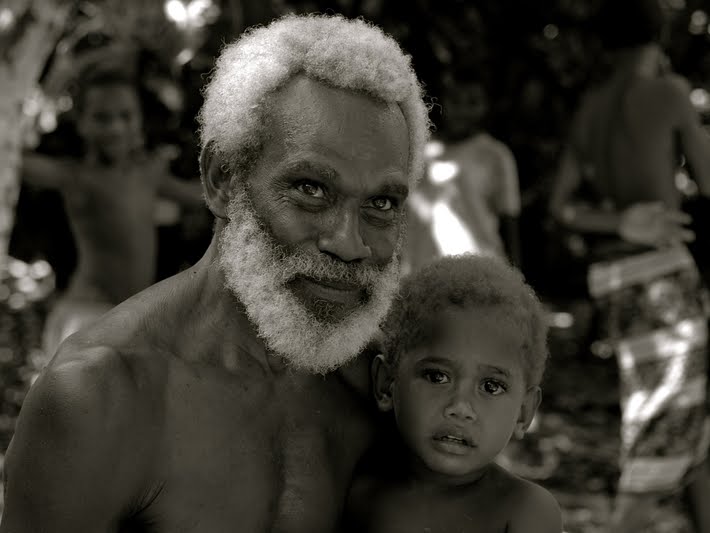 |
| mtDNA Tree from http://www.phylotree.org/tree/main.htm |
- Vedda groups (mtDNA) is much different from the rest of Sri Lankans (higher frequency of haplogroup R30b/R8a1a3 in all Vedda subgroups).
- There is no clear genetic separation based on the PCA map between Sinhalese and Tamils, and between Up- and Low-country Sinhalese of Sri Lanka.
- However, the closer association of the Up-country Sinhalese with the Sri Lankan
Tamils than with the Indian Tamils is not in agreement with the geographic distances among them.
Maybe Paternal Y-DNA (yet to be done for Sri Lanka) divides by caste, groups etc.
See Vijaya Kuveni: Paradigm for M mtDNA
| Haplogroup frequency in Sri Lankan population No. of samples (%) |
||||||
| Haplogroup | Vedda | Sinhalese Up-country |
Sinhalese Low-country |
Sri Lankan Tamils |
Indian Tamils |
Total |
| Haplogroup M | 13 (17.33) | 25 (41.67) | 17 (42.5) | 17 (43.59) | 40 (70.18) | 112 (41.33) |
| Haplogroup D | 2 (2.67) | 1 (1.67) | 0 (0) | 2 (5.13) | 0 (0) | 5 (1.85) |
| Haplogroup HV | 0 (0) | 1 (1.67) | 1 (2.5) | 7 (17.95) | 0 (0) | 9 (3.32) |
| Haplogroup N | 0 (0) | 2 (3.33) | 0 (0) | 0 (0) | 1 (1.75) | 3 (1.11) |
| Haplogroup R/U | 0 (0) | 1 (1.67) | 0 (0) | 0 (0) | 3 (5.26) | 4 (1.48) |
| Haplogroup R | 34 (45.33) | 10 (16.67) | 10 (25) | 3 (7.69) | 5 (8.77) | 62 (22.88) |
Among groups
|
Among populations
within groups |
Within populations | ||||
| Model | Variance | P-value | Variance | P-value | Variance | P-value |
| Ethnic criteriab | 1.72 | 0.039 | 8.61 | 0.001 | 89.66 | 0.001 |
| Linguistic criteriac | 2.57 | 0.002 | 8.2 | 0.001 | 89.23 | 0.001 |
| Geographic criteriad | 0.55 | 0.677 | 10.56 | 0.001 | 89.99 | 0.001 |
| Vedda vs others | 4 | 0.002 | 8.15 | 0.001 | 87.85 | 0.001 |
| Up-country Sinhalese vs Low-country Sinhalese | 1.19 | 0.814 | 9.82 | 0.001 | 91.37 | 0.001 |
| Sri Lankan Tamils vs Indian Tamils | 0.73 | 0.027 | 2.19 | 0.028 | 97.08 | 0.003 |
| b) Five groups (Vedda people, Up-country Sinhalese, Low-country Sinhalese, Sri Lankan Tamils and Indian Tamils). c) Three groups (Vedda dialect, Indo-European language and Dravidian language). d) Seven provinces (North, North-Central, Central, Eastern, Uva, Sabaragamuwa and South). NOTE: AMOVA is used to measure haplotype diversity. |
||||||
indicated that almost 50% of the individuals from all the studied populations belonged to haplogroup M lineages (including haplogroup M, D and G)"
"Three haplogroups, M2, U2i (U2a, U2b and U2c) and R5, recognized as a package of Indian-specific mtDNA clades harboring an equally deep coalescent age of about 50000–70000 years, 30 were present in the ethnic populations of Sri Lanka
It is quite astonishing to see such a lower frequency of M haplogroup in the Vedda population when compared with southern Indian tribal groups (70–80%) as well as southern Indian caste populations (65%).
The Vedda mtDNA, Specially Vedda-Rathugala (VA-Rat) and Vedda-Pollebadda (VA-Pol) seems a genetic isolate. See Figure 5 in Ranaweera et al.
Similar study (mtDNA) on a bigger scale in India Chandrasekar et al 2009
--------------
sbarrkum










